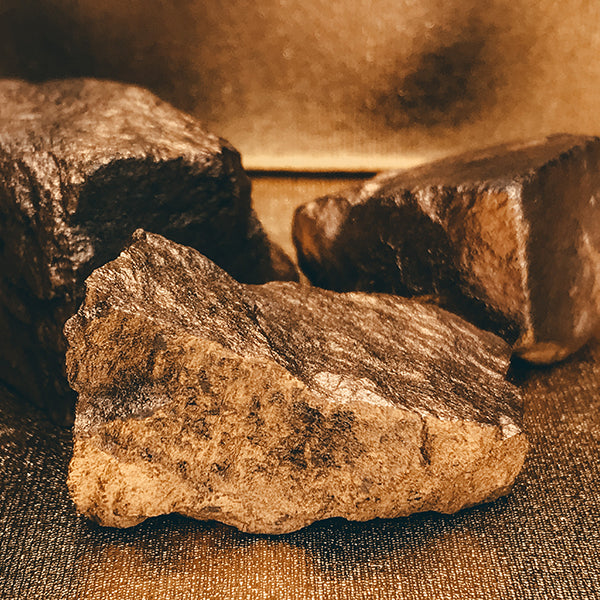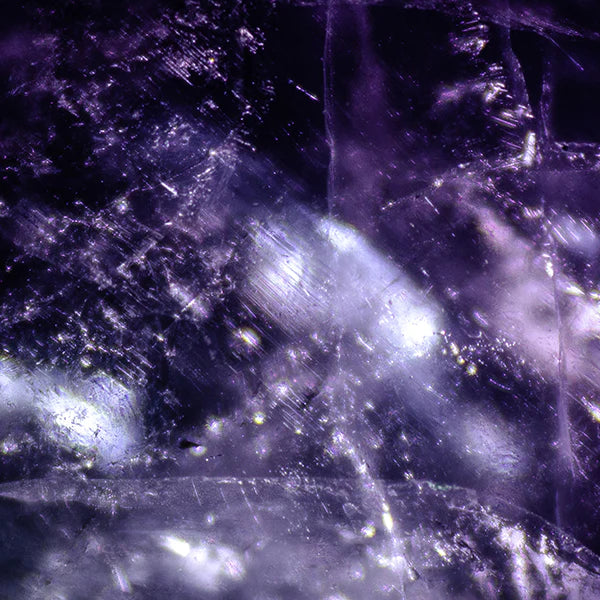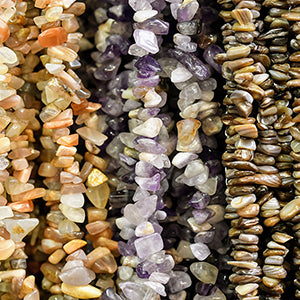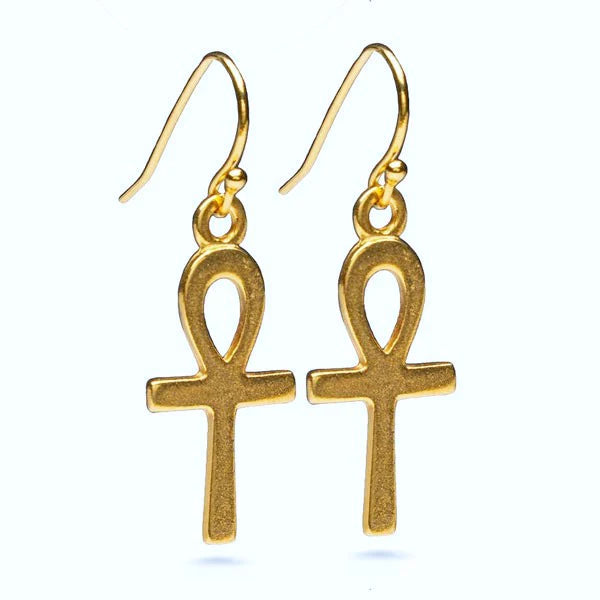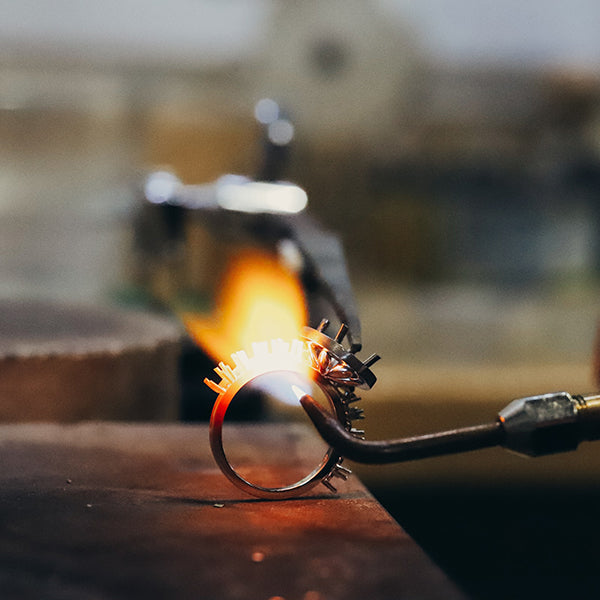
The blacksmiths could engrave burrs in the base metal and then hammer metal wire into these. The art of jewelry also mastered the finest micro-techniques such as the production of twisted soldered metal threads (filigree) placed on thinly hammered plate gold or decoration with small balls (granulation).
Precious metal was expensive and it required great knowledge and skill to process it. Its importance can be seen in the many preserved prestige jewelry with the name and full title of princes and magnates. Even modest pieces of jewelry are engraved with the owners' names.
Museum Jewelry sells both cast and reconstructed copies. Cast copies can be considered a duplicate of the original, with brushstrokes, marks and scratches testifying that it is a copy, exactly like the original. Thus, with these pieces of jewelry, our customers can make their own studies of the historical find (applies especially to the Viking jewelry).
Reconstructed copies, on the other hand, are distinguished by being produced in the same way as the original, and i.e. they are not simply casts of granulations and filigree work.
The relationship between copy and original is close. A little provocatively, you can say that the difference is simply that the original has been there the longest because it came first.
The Viking or Chinese who created a piece of jewelry also immortalized a style, a fashion and a thought, and through this he lives on when a copy of his work changes hands 1000 years after the original left its mold. You can call that communication over centuries.
Buying and selling Museum Jewellery can thus be both an abstract and a very concrete phenomenon

